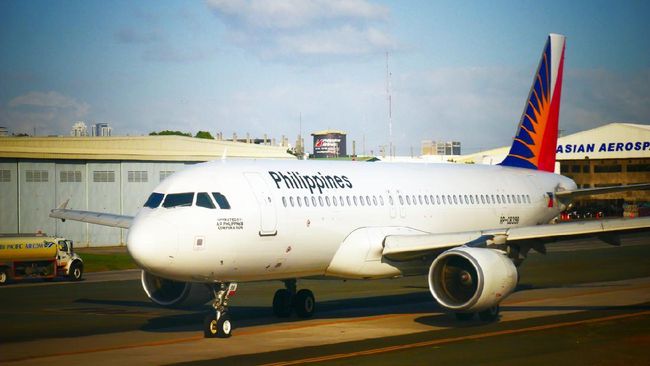Jakarta, CNN Indonesia —
Philippine Airlines, Philippine Airlines (PAL) filed for bankruptcy in United States of America (USA) to cut debt by US$2 billion or around Rp. 28.5 trillion (assuming an exchange rate of Rp. 14,262 per US dollar).
This action was taken because the airline was trying to defend a company that was hit by the COVID-19 pandemic.
According to the national airline of the Philippines, this application will open up opportunities to restructure contracts and cut debt. The company will also get US$655 million (approximately Rp9.3 trillion) of new capital.
In addition, PAL will also reduce the number of its fleet by 25 percent. The airline will also renegotiate the contract to reduce rental costs.
“Philippine Airlines will continue business as usual while completing the restructuring of our network, fleet and organization,” Nilo Thaddeus Rodriguez, Senior Vice President and Chief Financial Officer, said in a video message. AFP, Saturday (4/9).
Rodriguez also said that PAL would secure US$505 million (approximately IDR 7.19 trillion) to carry out the recovery.
This is part of the agreements PAL signs with suppliers, lenders, and lessor.
In addition, Rodriguez said, the airline will also get US$150 million (around Rp2.13 trillion) in debt financing after the restructuring process is underway in a few months.
At the same time, PAL President Gilbert Santa Maria said that air travel in the Philippines fell by 75 percent from around 30 million passengers in 2019 to 7 million passengers last year.
This decline, according to Santa Maria was due to restrictions due to COVID-19.
According to Santa Maria, it canceled more than 80,000 flights, lost $2 billion in revenue and laid off 2,300 employees.
In addition, the airline’s major shareholders have also injected emergency funds of more than US$130 million (approximately Rp1.85 trillion) and non-strategic assets which were sold for more than US$70 million (approximately Rp997.6 billion).
Currently, continued Santa Maria, PAL only operates 21 percent of flights from 70 percent of flights with normal destinations in the pre-pandemic period.
(already/sfr)
– .

